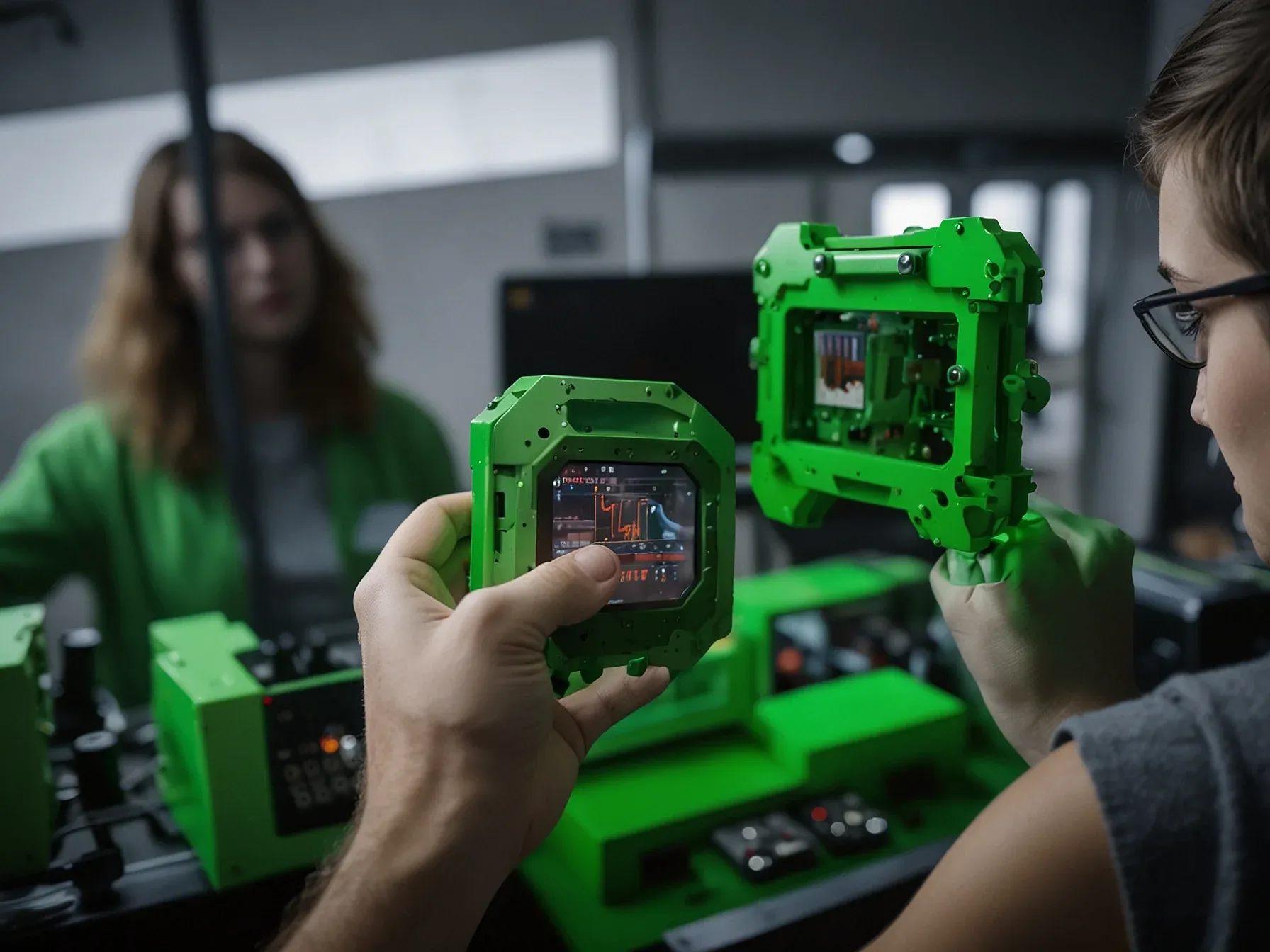
Startup Aims to Reinvent AI Interconnect, Tackling the Traffic Jam
AI pipelines are hitting a bottleneck. Engineers describe it as a traffic jam—data streams colliding, latency creeping up, and scaling hitting a wall. In the open‑source arena, that congestion has become a rallying cry, prompting a handful of startups to rethink the wiring that shuttles tensors between GPUs, TPUs and storage.
One such venture, founded by a team of former chip designers, says the problem isn’t just about making the existing fabric thinner. Their roadmap calls for a ground‑up redesign, treating the interconnect not as a peripheral add‑on but as the core architecture that determines how quickly models can learn. The founders argue that incremental tweaks won’t cut through the jam; only a fresh blueprint can.
As they prepare to unveil their prototype, the team’s philosophy crystallizes in a single, blunt statement.
"We wanted to rethink the interconnect from first principles," Rohin says. "Not shrink it, reinvent it."
"We wanted to rethink the interconnect from first principles," Rohin says. "Not shrink it, reinvent it." 📣 Want to advertise in AIM? Book here Merin Susan John Merin Susan John is a journalist at Analytics India Magazine, reporting on the intersection of AI and human capital.
She can be reached at [email protected] Related Posts This Startup is Trying to Fix AI's Traffic Jam Nano Banana Handed a Billion Indians the Ultimate Fraud Shortcut People are using it to fake refund chats and receipts faster than they can finish a cup of tea. Why Developers are Fighting Over Google's Cursor Killer Antigravity Antigravity has people excited, irritated, curious, hopeful, and tired -- all at once, just like every other AI IDE. 'Impossible Just Takes Longer,' Says StoneX Group Inc's Relentless Super Coder CTO Levine holds the number one spot on HackerEarth, with a focus on mathematics and algorithms.
He sees patterns long before Arattai is Getting Better. From 1.36 crore downloads in October, Arattai fell to just two lakh downloads in November. We Need More Polymath Engineers And organisations need to pave the way for that.
BharatGPT & Neysa Lay Out India's Strong Push for AI Independence "50,000 developers, researchers and enterprises have used BharatGPT and created thousands of AI agents." The Internet is Breaking.
The startup says it has built the world’s first and only solderable optical interconnect, a component meant to slot into existing manufacturing lines without redesign. The claim is bold. Rohin’s team claims they are rethinking the interconnect from first principles, not merely shrinking it.
If the technology works as advertised, data‑centre traffic could move through a smaller, potentially more efficient pathway. Yet the article provides no performance metrics or independent validation, leaving it unclear whether the solderable design will meet the bandwidth and reliability demands of modern AI workloads. The claim of uniqueness also raises questions about competing approaches that may be under development elsewhere.
Integration into current fabs sounds straightforward, but practical hurdles such as yield, thermal management and cost are not addressed. The piece notes the ambition but stops short of showing real‑world testing results. As the field watches, the ultimate impact of this solderable optical link will depend on whether it can move beyond prototype to production without compromising existing standards.
Further Reading
- How to Fix AI's Major Traffic Jam With - The Daily AI Show
- Unclogging the AI Data Pipeline—Three Critical Bottlenecks Constraining AI Clusters - Enterprise AI World
- Ayar Labs: Optical Interconnect for AI Infrastructure - Ayar Labs
- The 10 Hottest Semiconductor Startups Of 2025 (So Far) - CRN
- How AI Startups Deal With The Messy Side of Data - TechRound
Common Questions Answered
What specific problem in AI pipelines does the startup aim to solve?
The startup targets the bottleneck in AI pipelines that engineers liken to a traffic jam, where data streams collide, latency increases, and scaling hits a wall. By rethinking the interconnect architecture, they hope to alleviate these congestion issues.
How does the startup's "solderable optical interconnect" differ from existing solutions?
According to the article, the solderable optical interconnect is claimed to be the world’s first that can be slotted into existing manufacturing lines without requiring a redesign. This contrasts with current interconnects that typically need thinner or more complex fabric modifications.
What is the significance of Rohin’s statement about reinventing the interconnect from first principles?
Rohin emphasizes that the team’s approach is not merely to shrink existing interconnects but to redesign them from the ground up, applying fundamental engineering concepts. This philosophy underpins their claim of creating a fundamentally new optical interconnect technology.
Has the startup provided any performance metrics or independent validation for its optical interconnect?
The article notes that no performance metrics or independent validation have been presented so far, leaving the effectiveness of the solderable optical interconnect unverified. Readers are therefore cautioned to await further evidence before assessing its impact.




